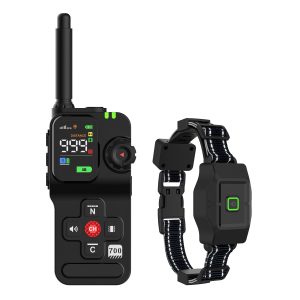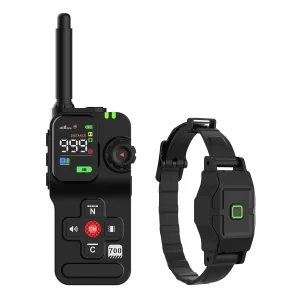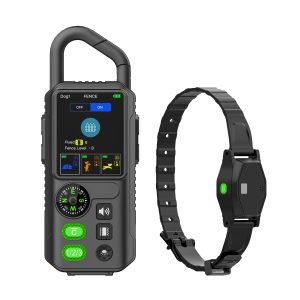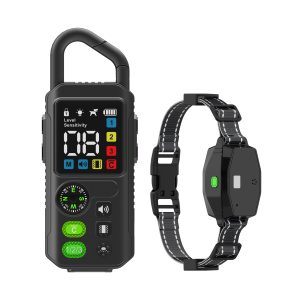The Intricate Dance of Wireless Dog Fence Interference
Wireless dog fences are a boon for pet owners looking to provide their furry friends with freedom while ensuring their safety. However, the technology isn’t without its quirks. One of the most common challenges faced by users is interference. Understanding the dynamics of interference in wireless dog fences can help you make the most of this innovative tool.
What Causes Wireless Dog Fence Interference?
Interference in wireless dog fences can be caused by various factors, ranging from environmental conditions to electronic devices. Common culprits include:
- Electromagnetic interference from household appliances
- Physical obstacles blocking signals
- Wireless signals from neighboring properties
Debunking Myths About Wireless Dog Fence Interference
There are misconceptions surrounding interference in wireless dog fences. Let’s dispel some of the myths:
- Myth: Interference only happens in densely populated areas.
Fact: Interference can occur anywhere, regardless of population density. - Myth: Wireless dog fences are foolproof.
Fact: While effective, wireless dog fences are susceptible to interference that can impact their operation.
Tips to Minimize Interference
To ensure optimal performance of your wireless dog fence, consider these tips:
- Place the transmitter in a central location free from obstructions.
- Minimize the use of electronic devices near the fence.
- Regularly check for signal disruptions and adjust settings accordingly.
Final Thoughts
Wireless dog fence interference is a common issue that can be managed with the right approach. By understanding the causes of interference and implementing preventive measures, you can create a safe and effective containment system for your four-legged companion.




